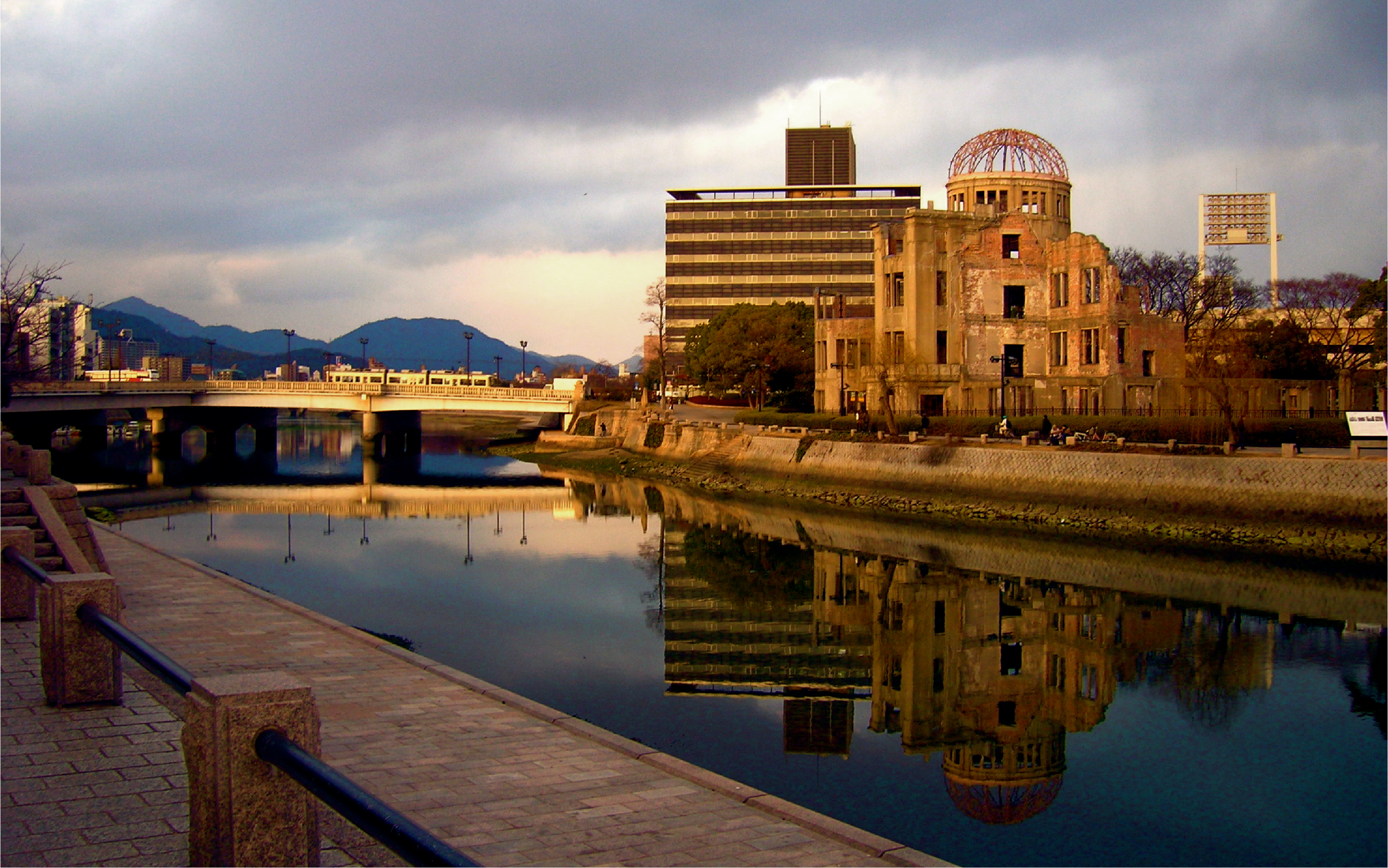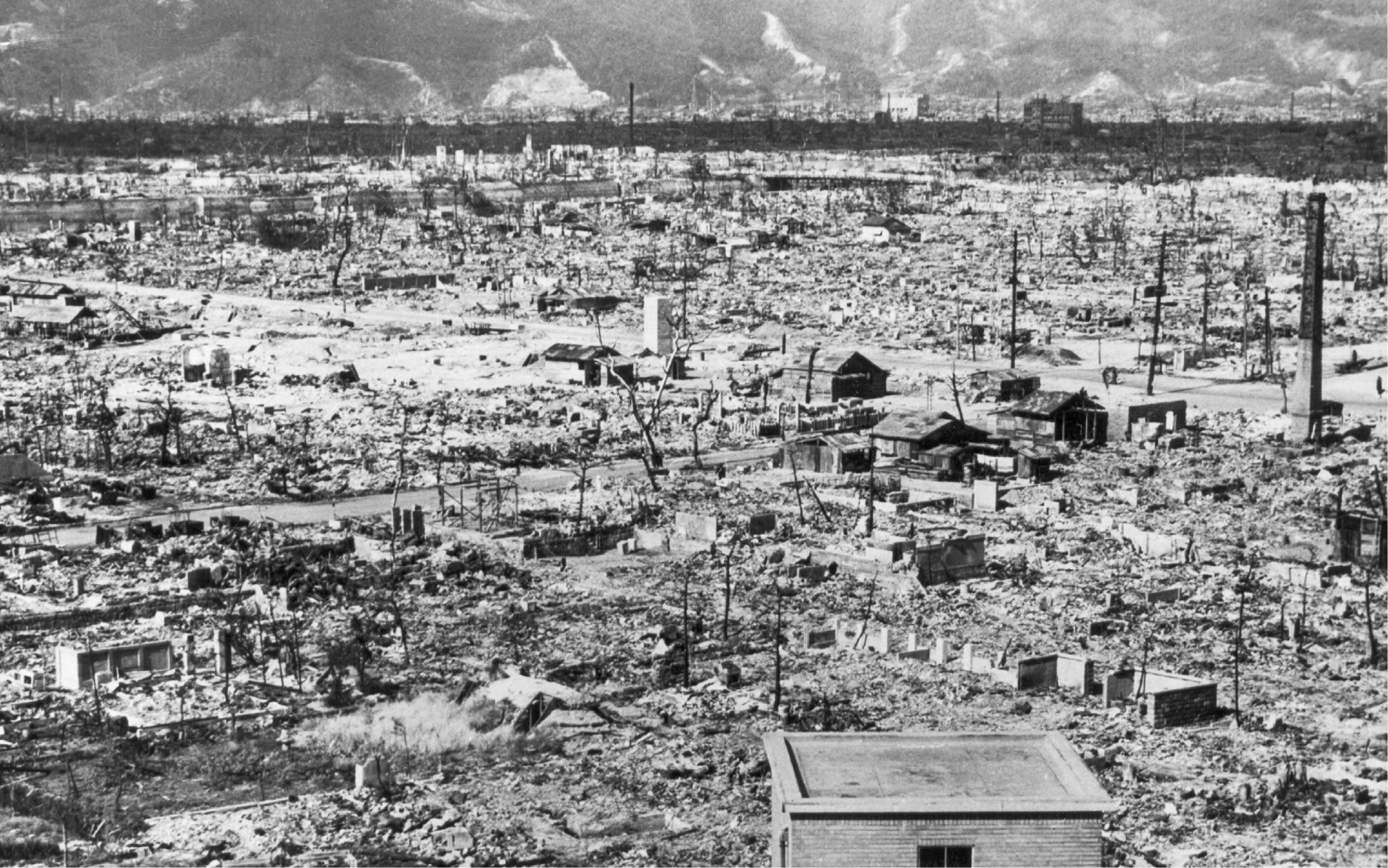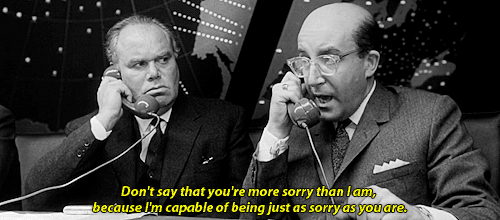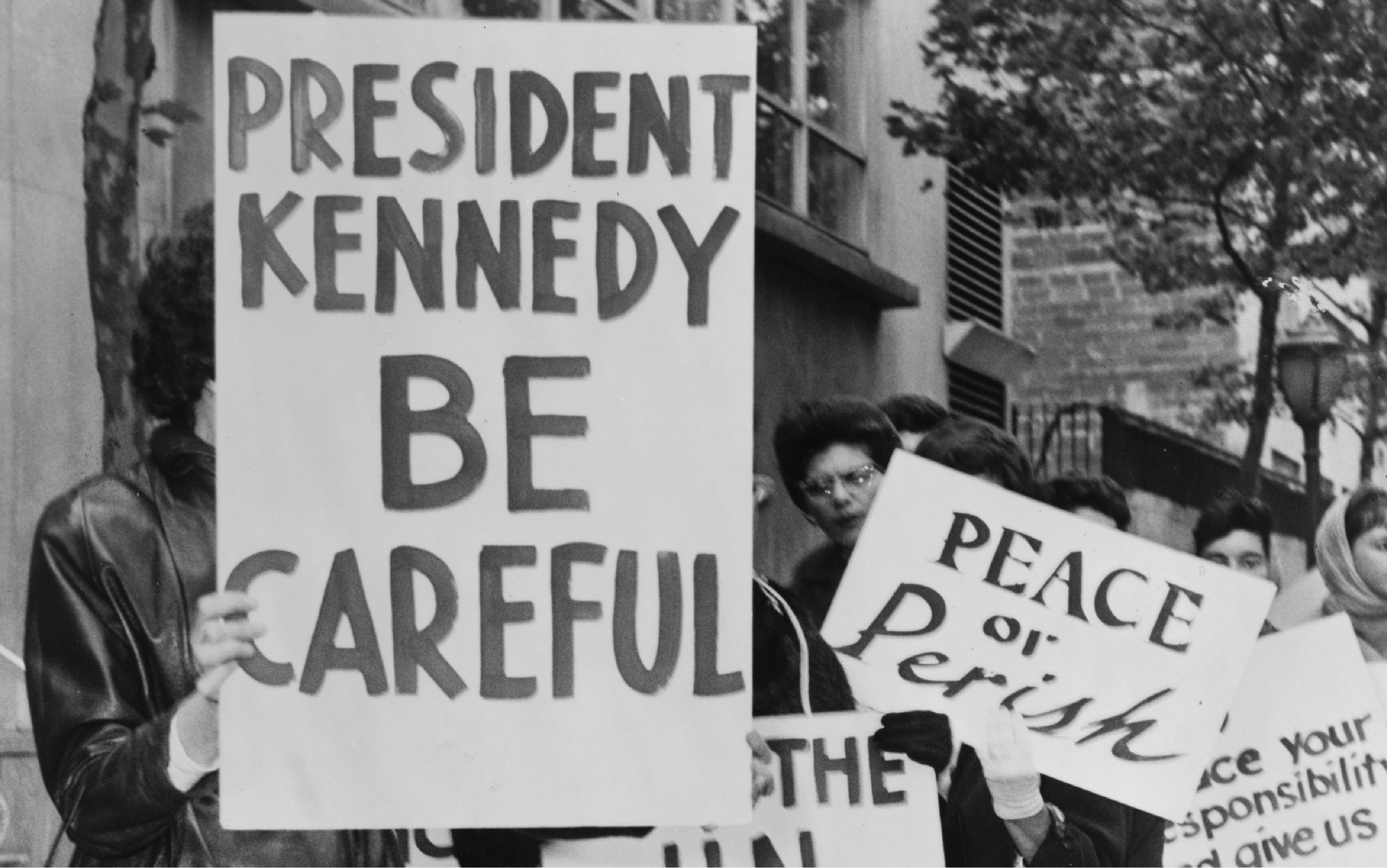The far-reaching consequences of Hiroshima and Nagasaki
On August 6, 1945, the United States dropped a nuclear weapon on Hiroshima, Japan – the first time such a catastrophic weapon was ever used in conflict. Three days later the U.S. released another on Nagasaki, devastating the city and ushering in the nuclear age. Over the next few weeks, Global Zero will explore what led to the bomb’s development, the consequences of its use, and where we’ve come since those fateful days in August. This is the eighth post in our series “‘My God What Have We Done:’ The Legacy of Hiroshima and Nagasaki.”
There are nearly 14,000 nuclear weapons in the world; each is the seed of a disaster. These terrifying weapons are still hugely influential in determining the course of world political developments. But most of what we know about the human, political, and environmental consequences of a nuclear attack has been extrapolated from what the world witnessed in Japan in August 1945. Though the threat of nuclear war may feel less immediate than it did during the Cold War, seventy-four years later, the bombings of Hiroshima and Nagasaki have proven hugely influential on the way that political leaders, scientists, and ordinary people across the world think about the potential consequences of nuclear weapons.

The most commonly cited effect of the bombings is the nuclear arms race at the political and technological center of the Cold War. While the race to develop the bomb was well underway during the war (see earlier posts in this series for details), the bombings provided visceral proof of the weapons’ devastating effectiveness–and thus their political importance. Indeed, some involved in the decision to use the bomb viewed them as a kind of “demonstration,” while some historians have framed the decision to drop the bomb in light of the Soviet Union as a future competitor. By the time the decision was made to drop the bomb, the “arms race” that would come to define the Cold War was already well underway, driven by the conviction that it would settle a destructive war with impossibly high stakes. While scholars debate whether it actually ended World War II in the Pacific, dropping the bomb was supposed to prove the U.S.’ self perception as the world’s leader and serve as a bargaining chip in a post-war world.
Yet no sooner had the smoke cleared than some of those most involved in its development began to advocate for a world free from its threat. Secretary of War Henry Stimson, shocked by the human cost of the bomb, devised a plan with Assistant Secretary of State Dean Acheson to place nuclear weapons under international control. Other leading voices in the nascent anti-nuclear movement were scientists: J. Robert Oppenheimer approached President Truman requesting international control of nuclear weapons, and later opposed the development of the hydrogen bomb.

The bombing impacted the broader scientific community as well. For decades after the war, the U.S. military used soldiers as human test subjects to understand the effects of radiation from a nuclear bomb on the human body. But in 1945, the surviving populations of Hiroshima, Nagasaki, and the surrounding areas were the only major group of people who had undergone the effects of the bomb. Beginning in 1946, the U.S.-led Atomic Bomb Casualty Commission, later the U.S.-Japanese Radiation Effects Research Foundation, conducted long-term studies on nearly 100,000 atomic bomb survivors. Though this work has been criticized on ethical and methodological grounds, it informs radiation exposure regulations around the world today.

But some of the most profound consequences of the bombings were the hardest to see. A new sense of insecurity settled over a world where a nuclear attack was not only possible, but often seemed imminent and unavoidable. The bomb cast a shadow over popular culture across the world, from the clear, powerful metaphor of Godzilla to the eerie horror of the Twilight Zone to the iconic satire (or is it?) of Dr. Strangelove. As the threat of a nuclear attack came to seem normal, civil defense drills in schools kept the threat of nuclear war present in the minds of generations of children. And less than two decades after the bombings, the anti-nuclear movement was the beating heart of the peace movements of the early 1960s. Hiroshima and Nagasaki taught the world to fear the bomb, a lesson we are still learning seventy-four years later.

Even today, the memory of August 1945 shapes the way nuclear decision-making is handled in the United States. In our next post in this series, Bruce Blair and Jessica Sleight will discuss its effect on Presidential nuclear launch authority.